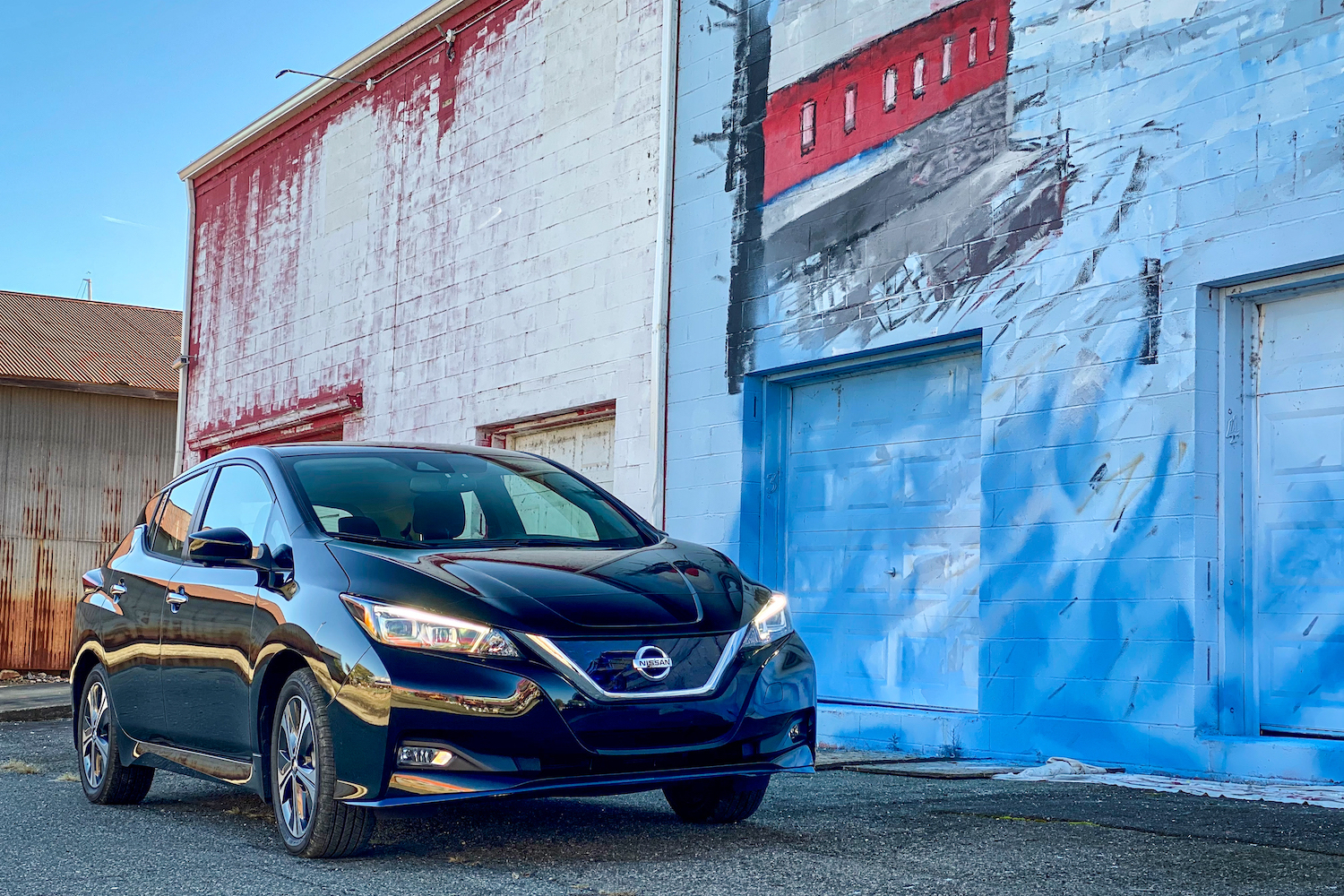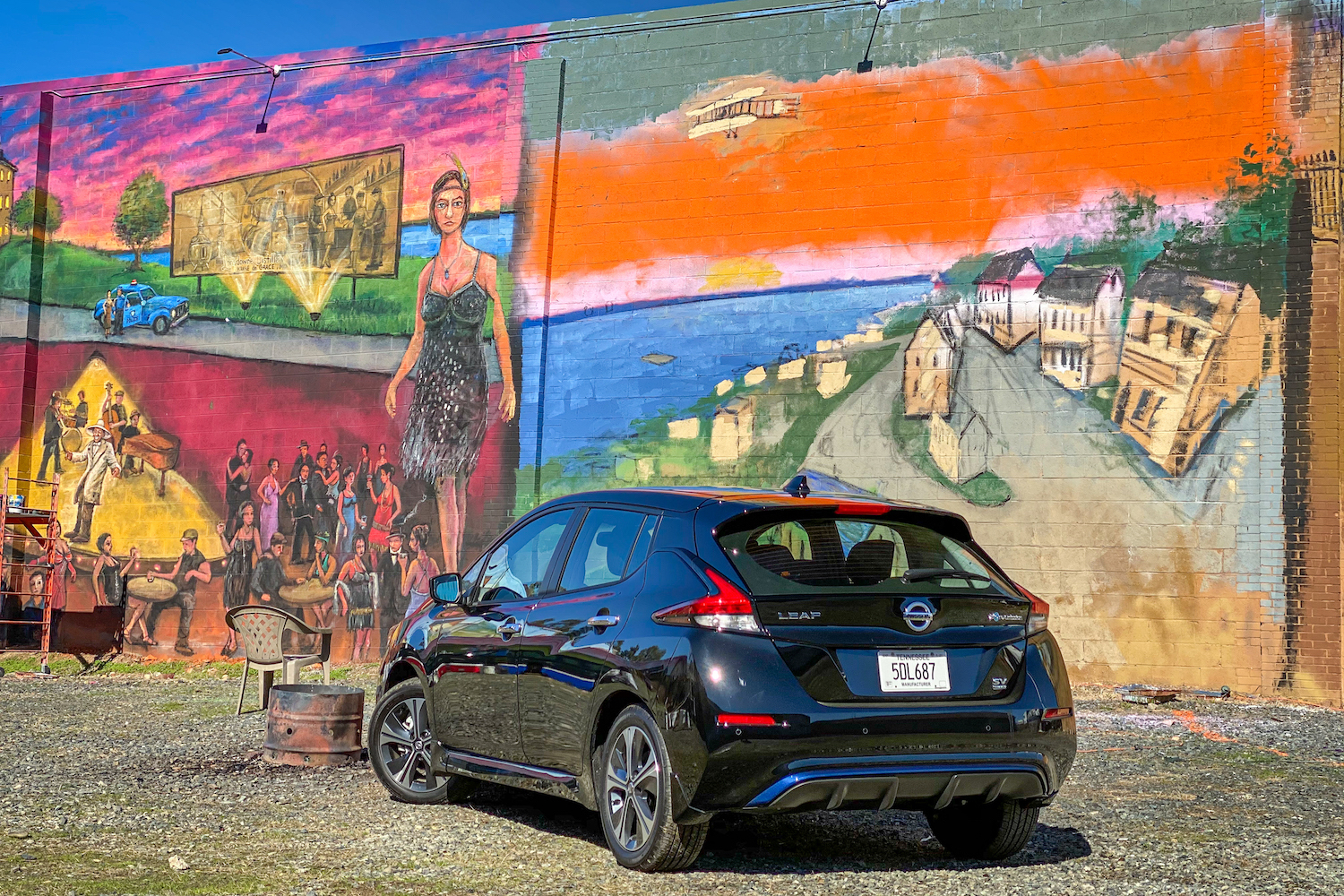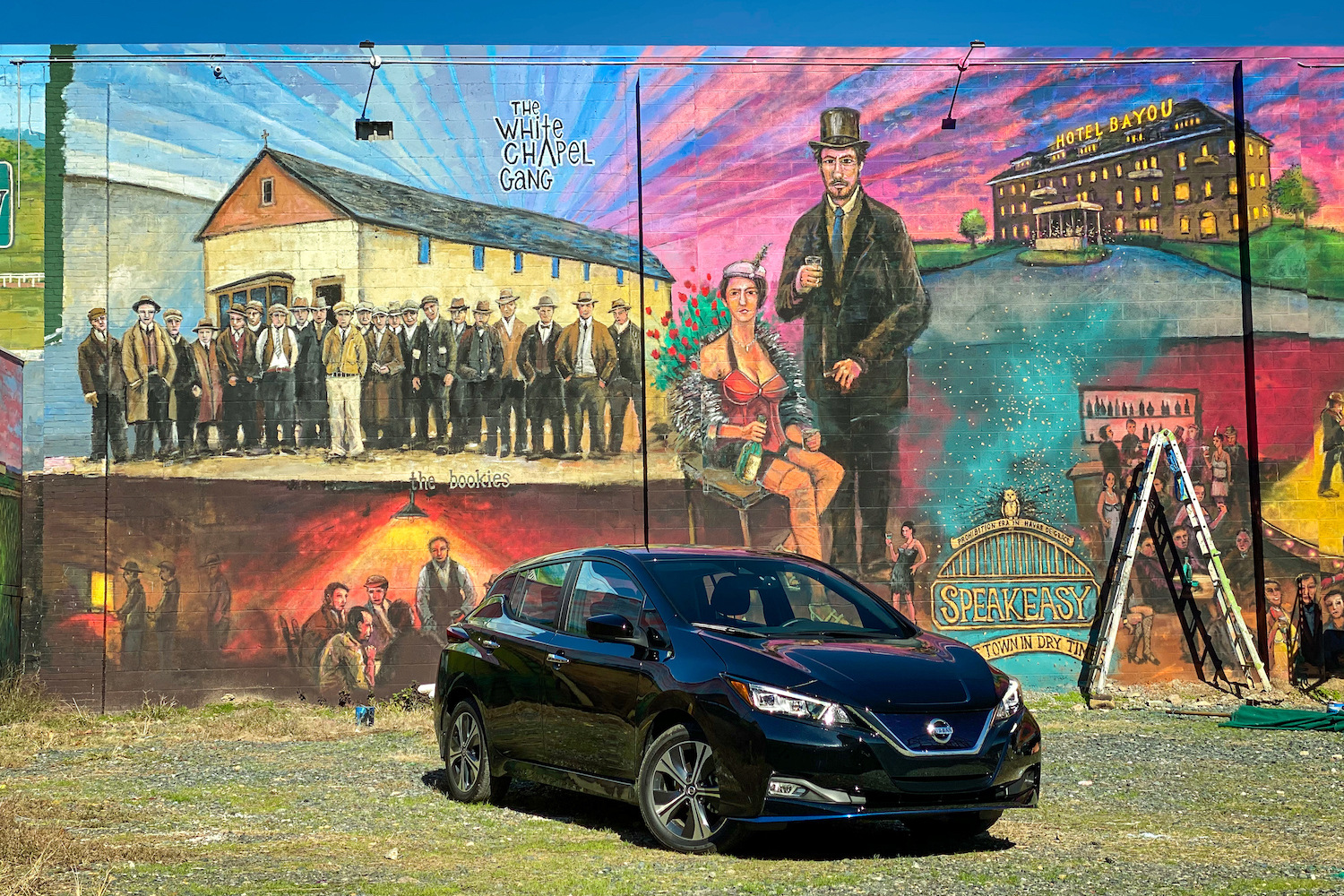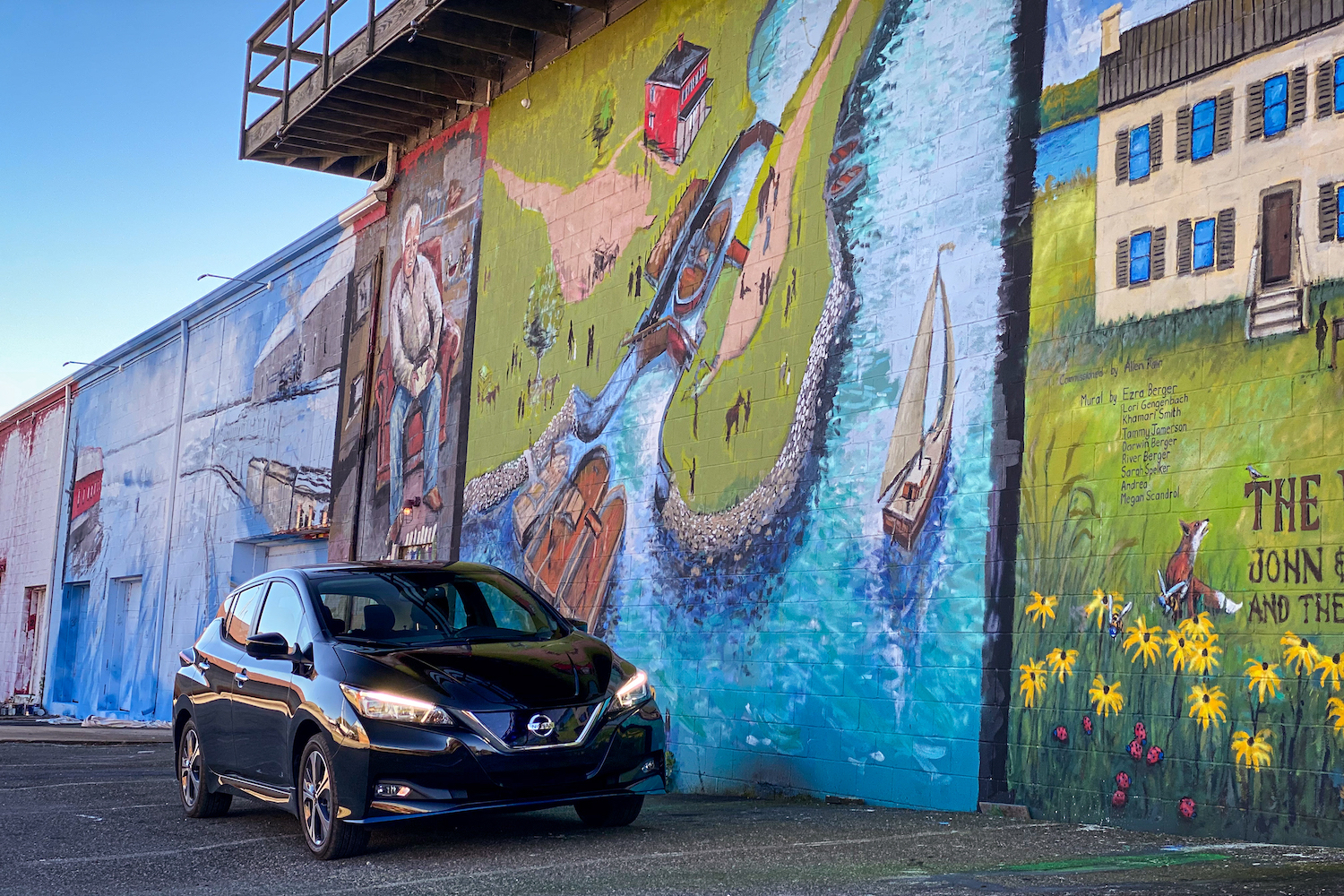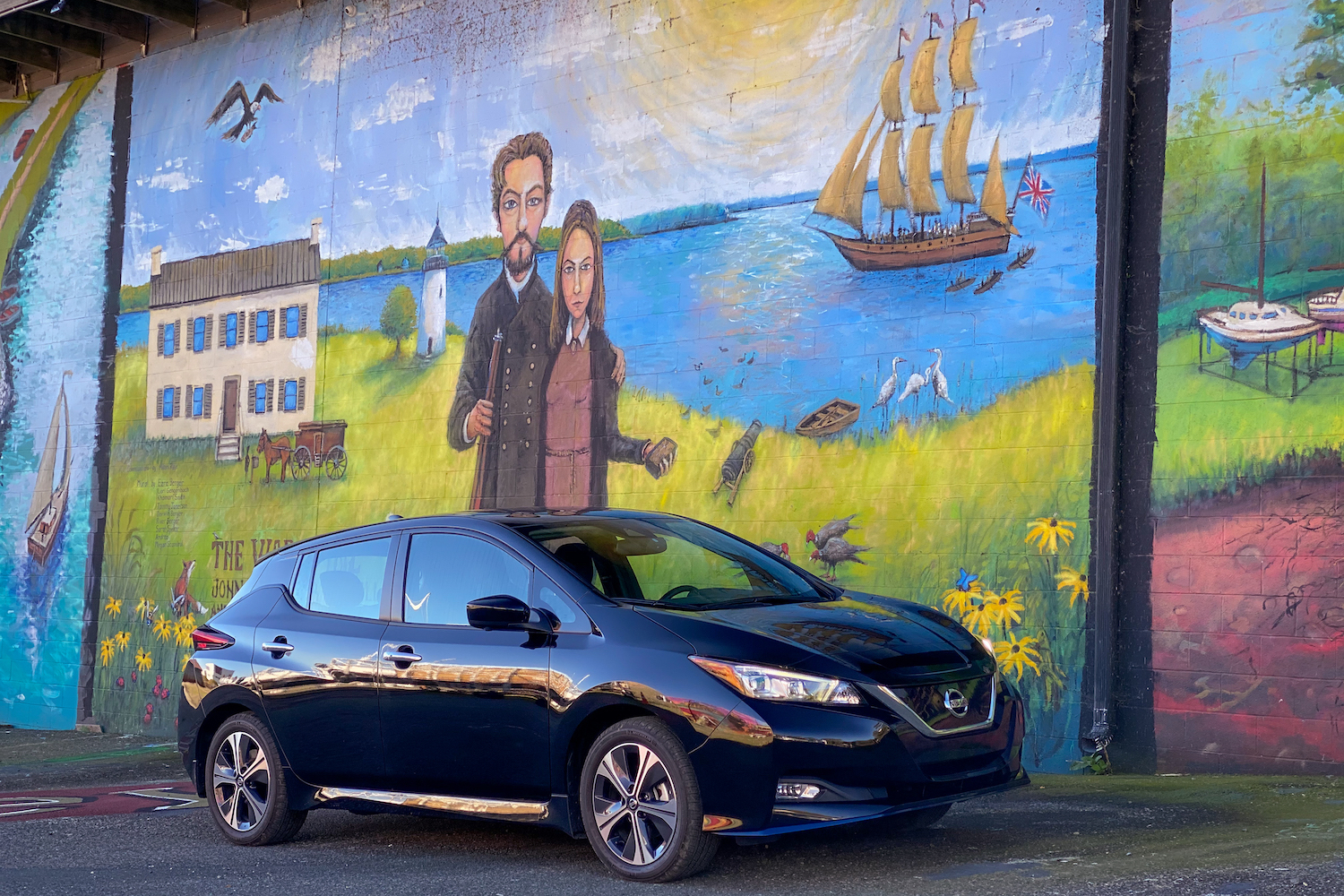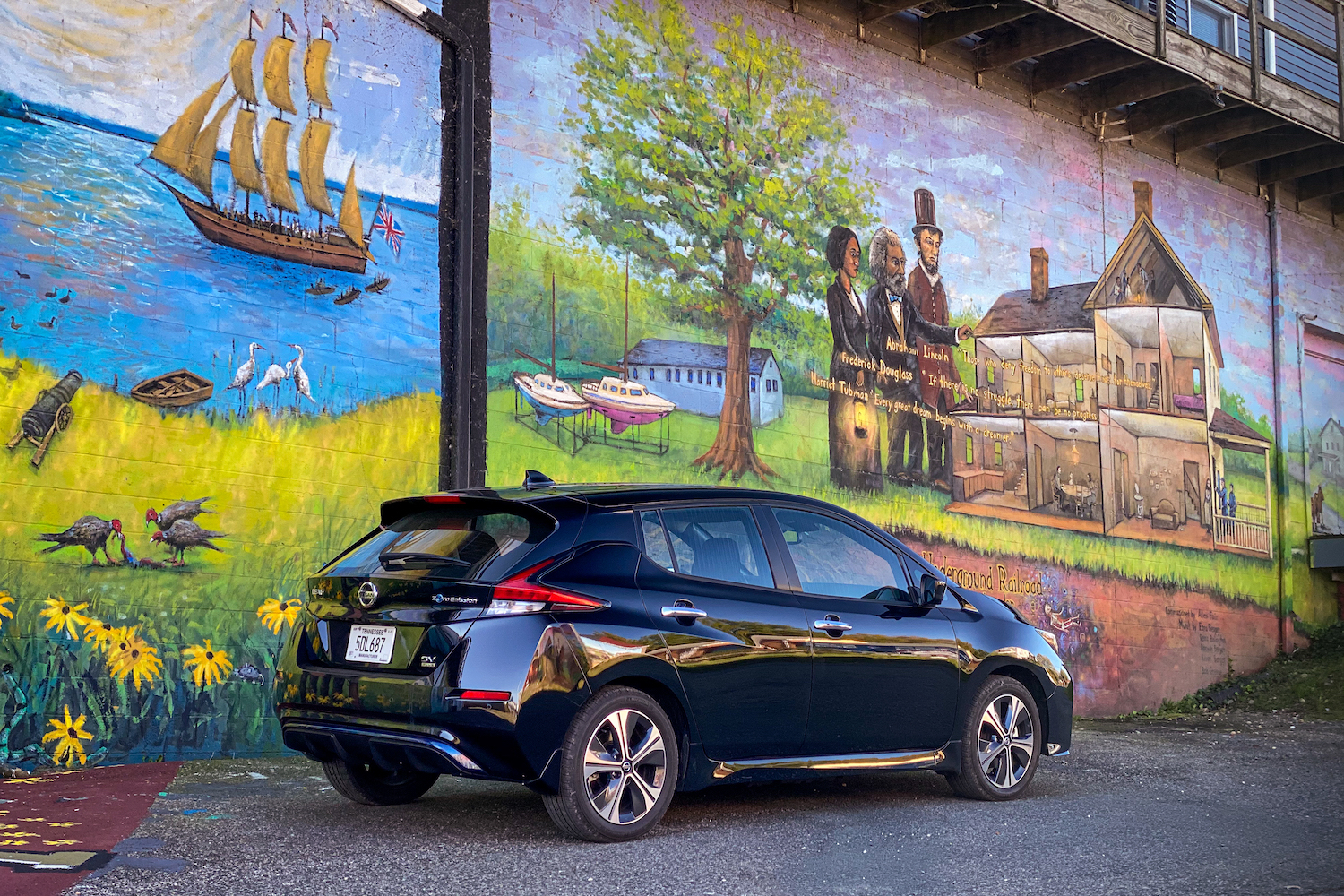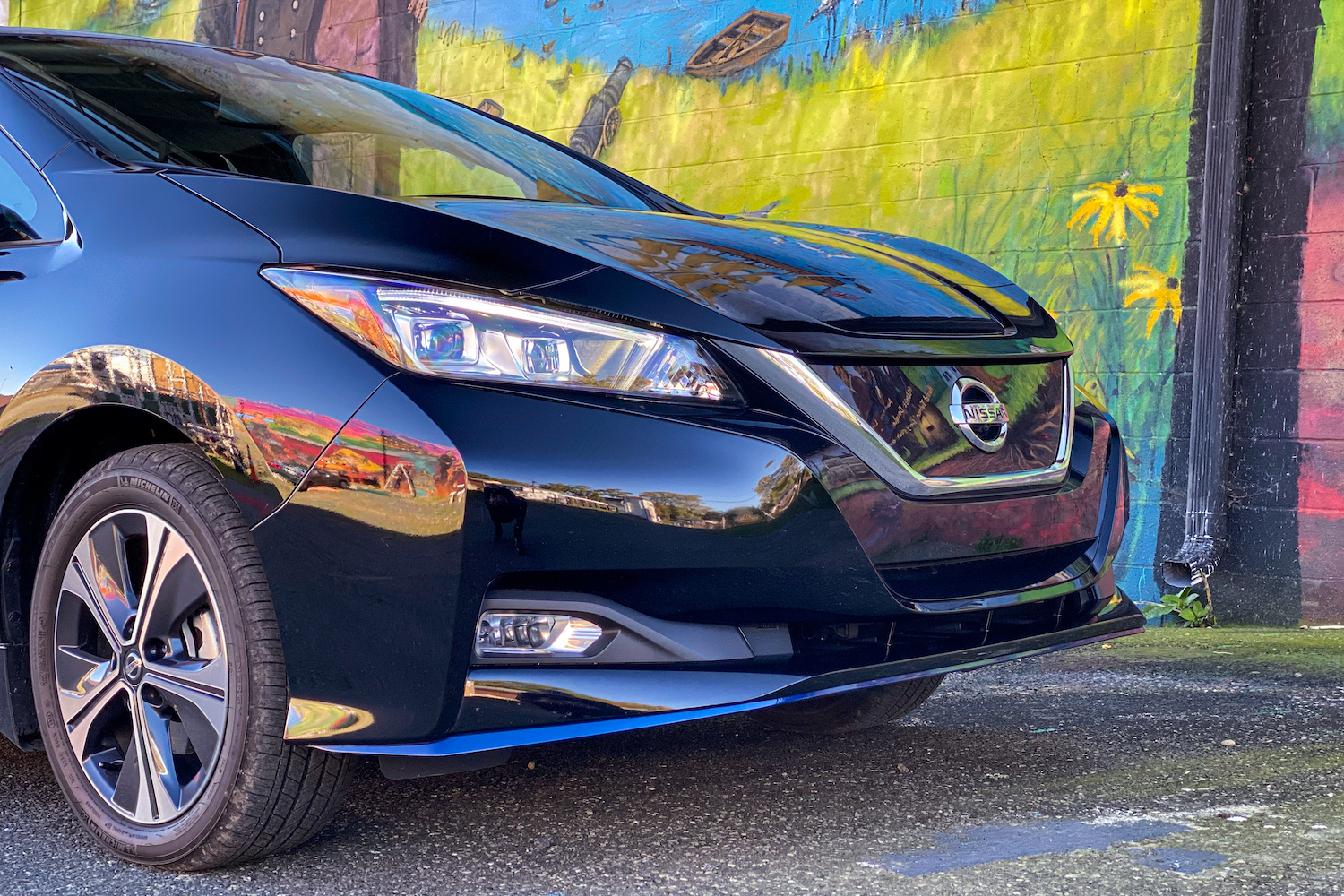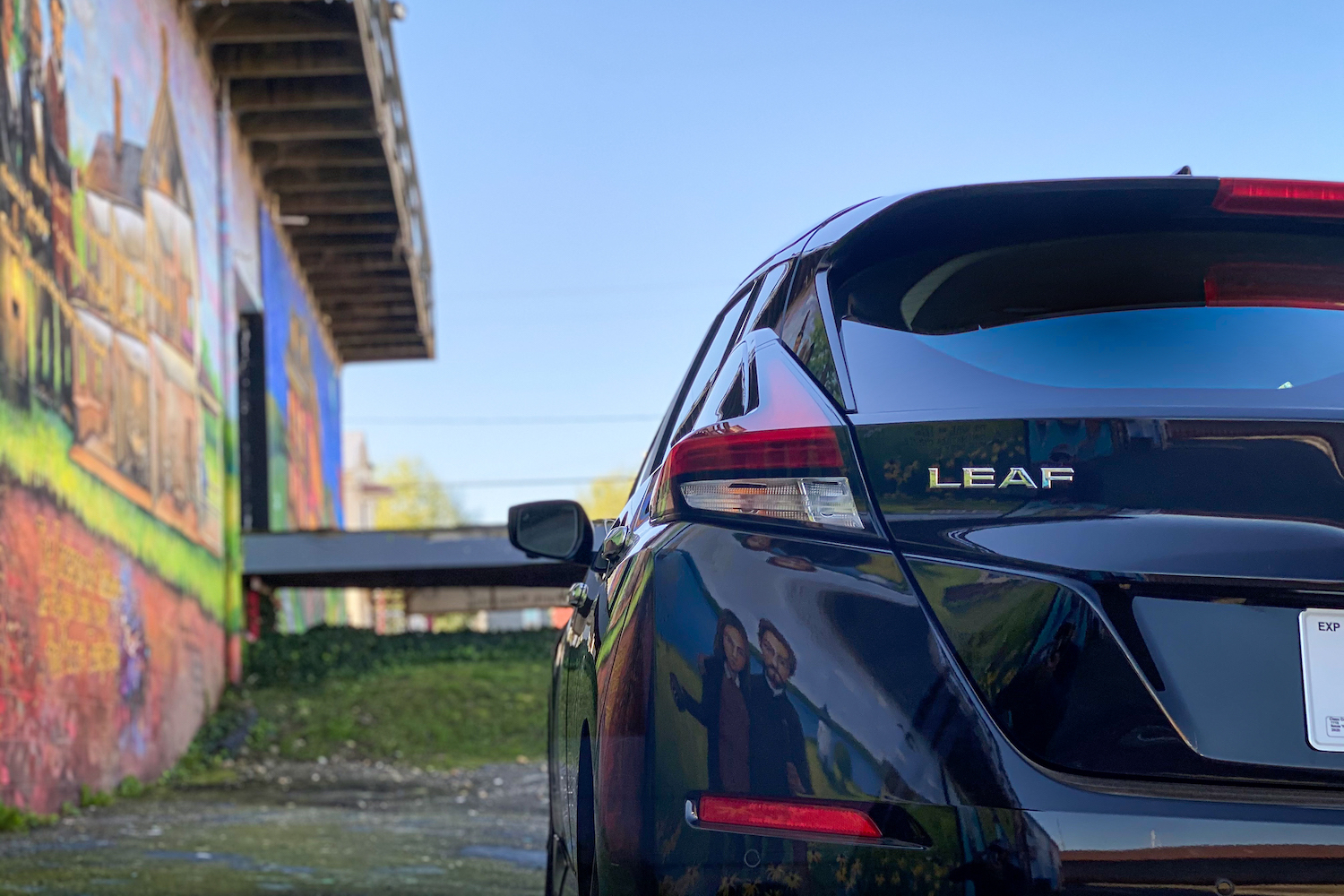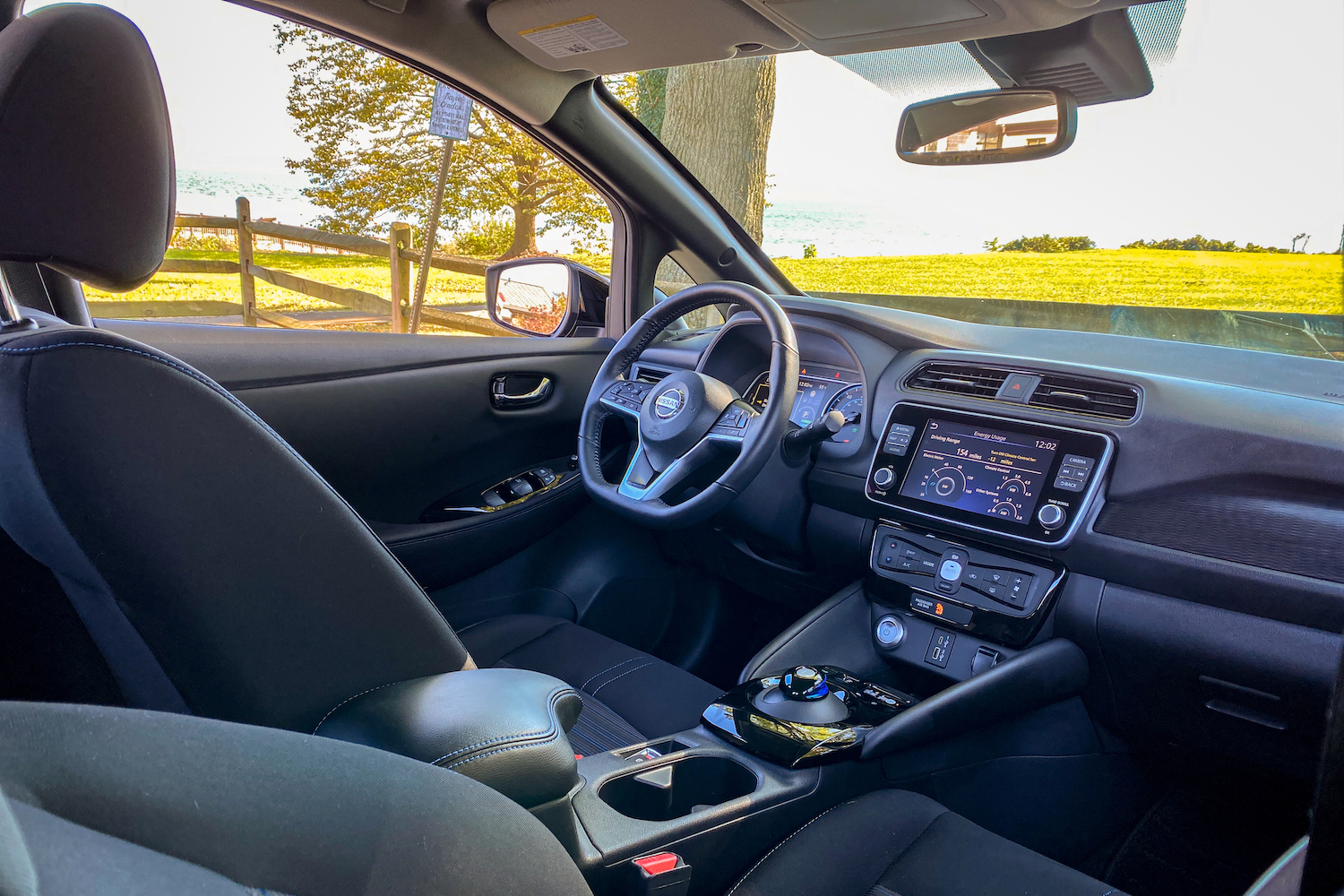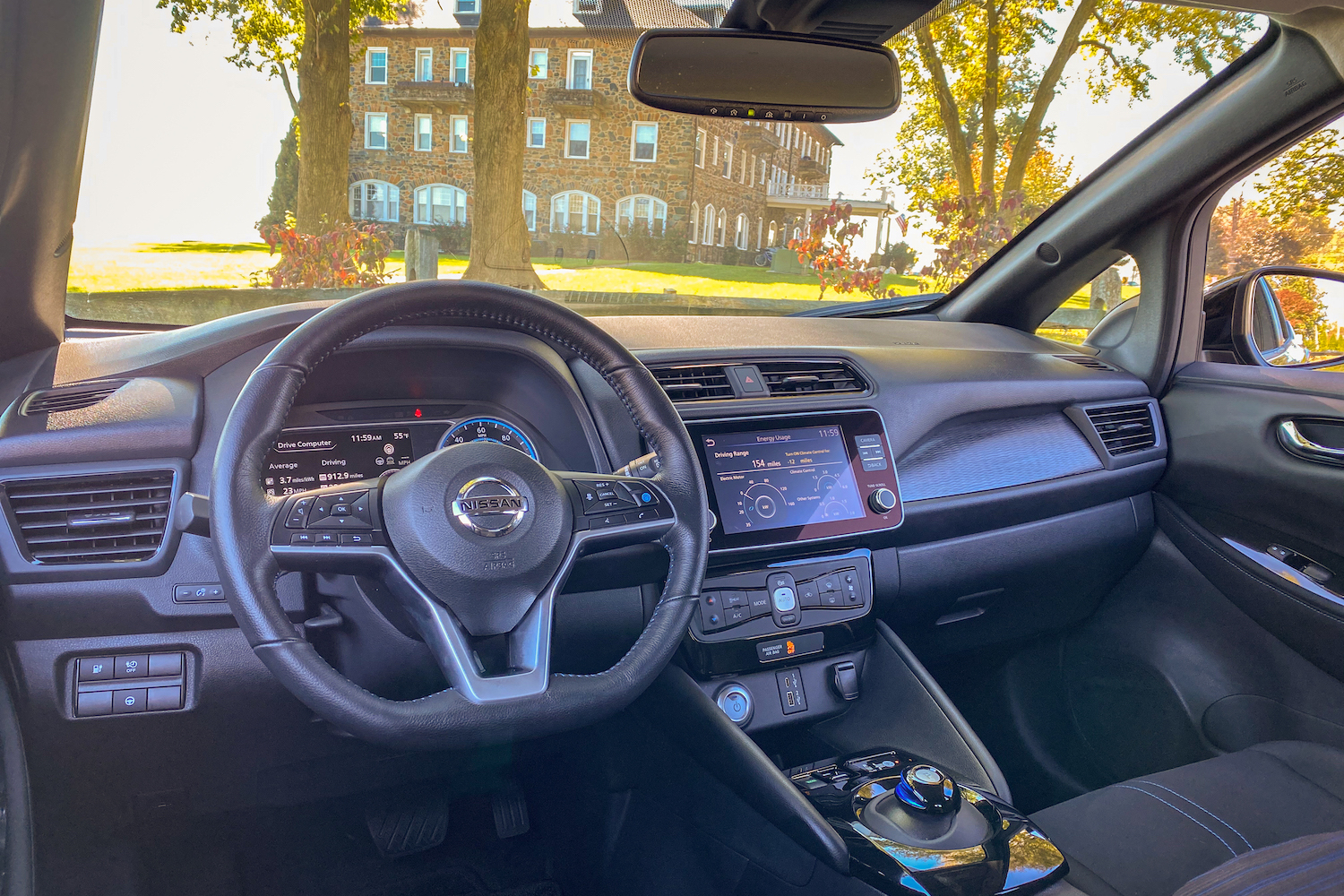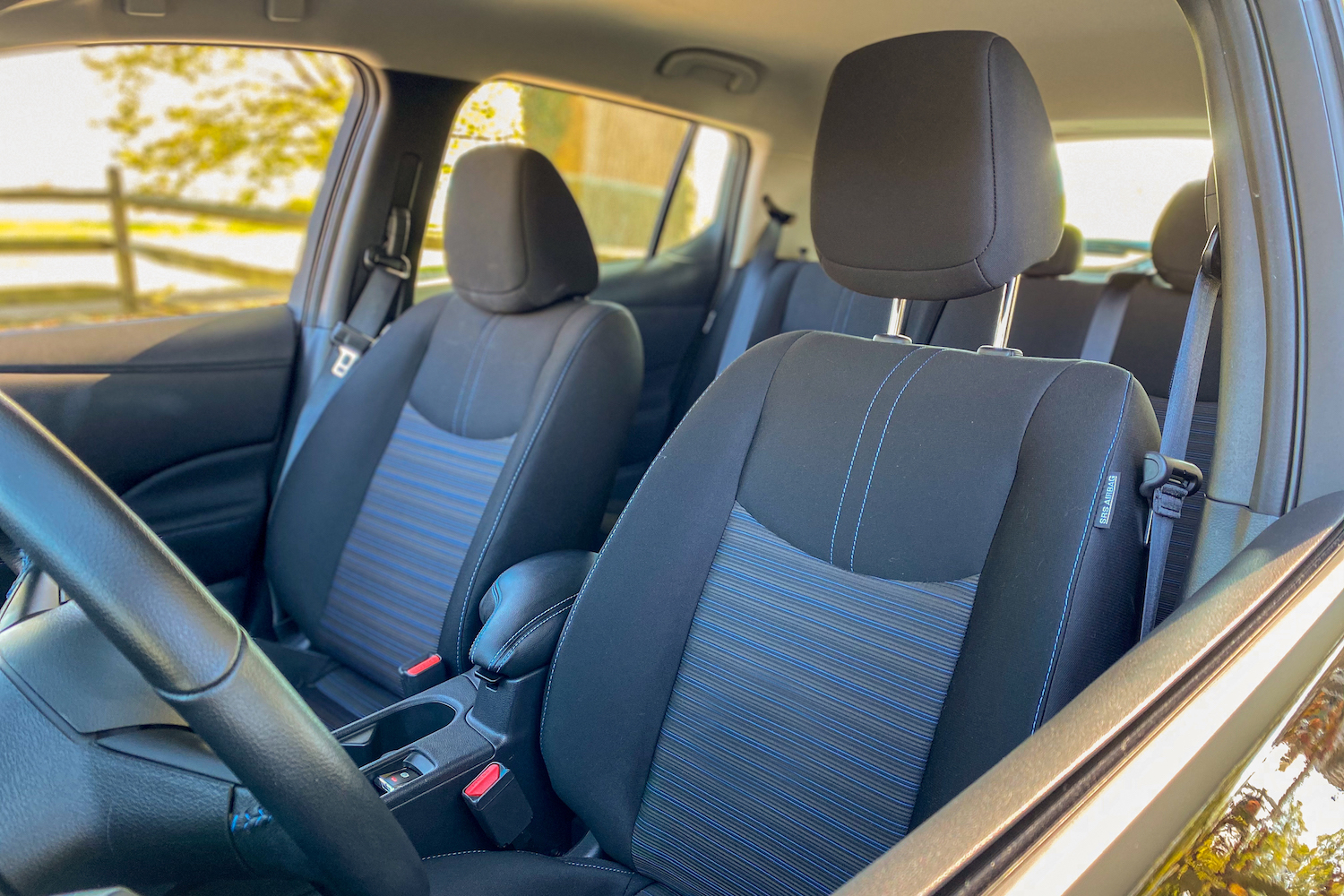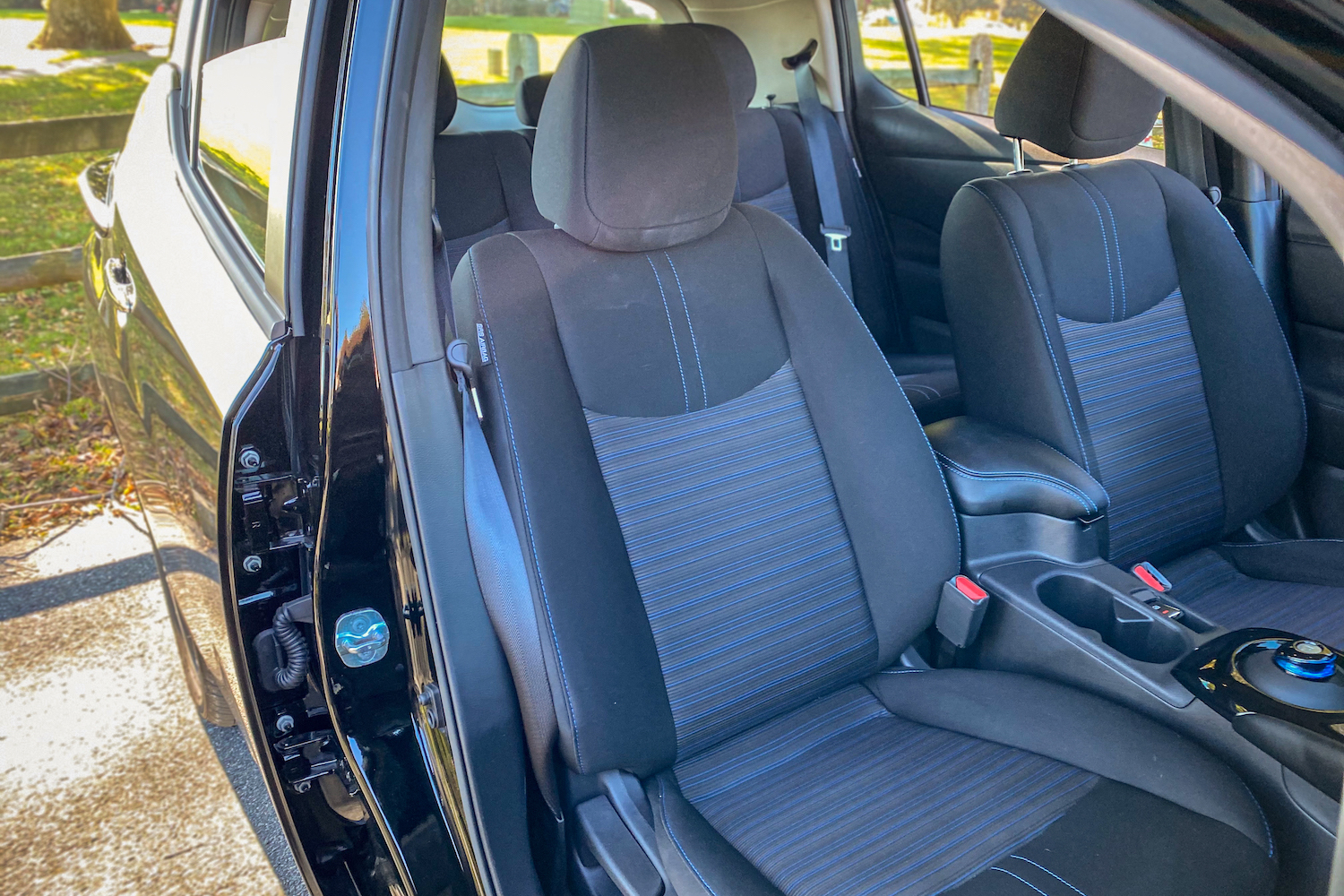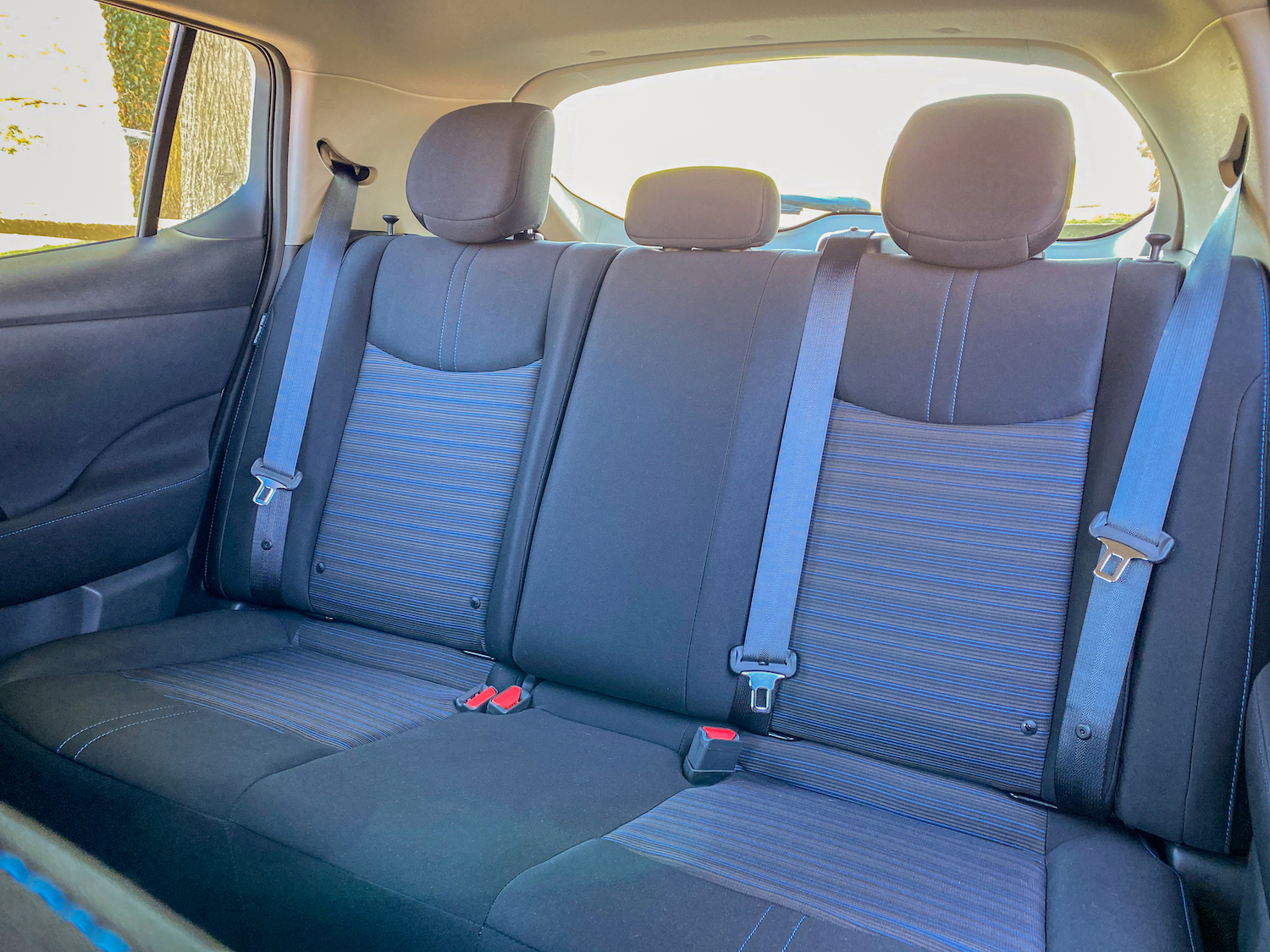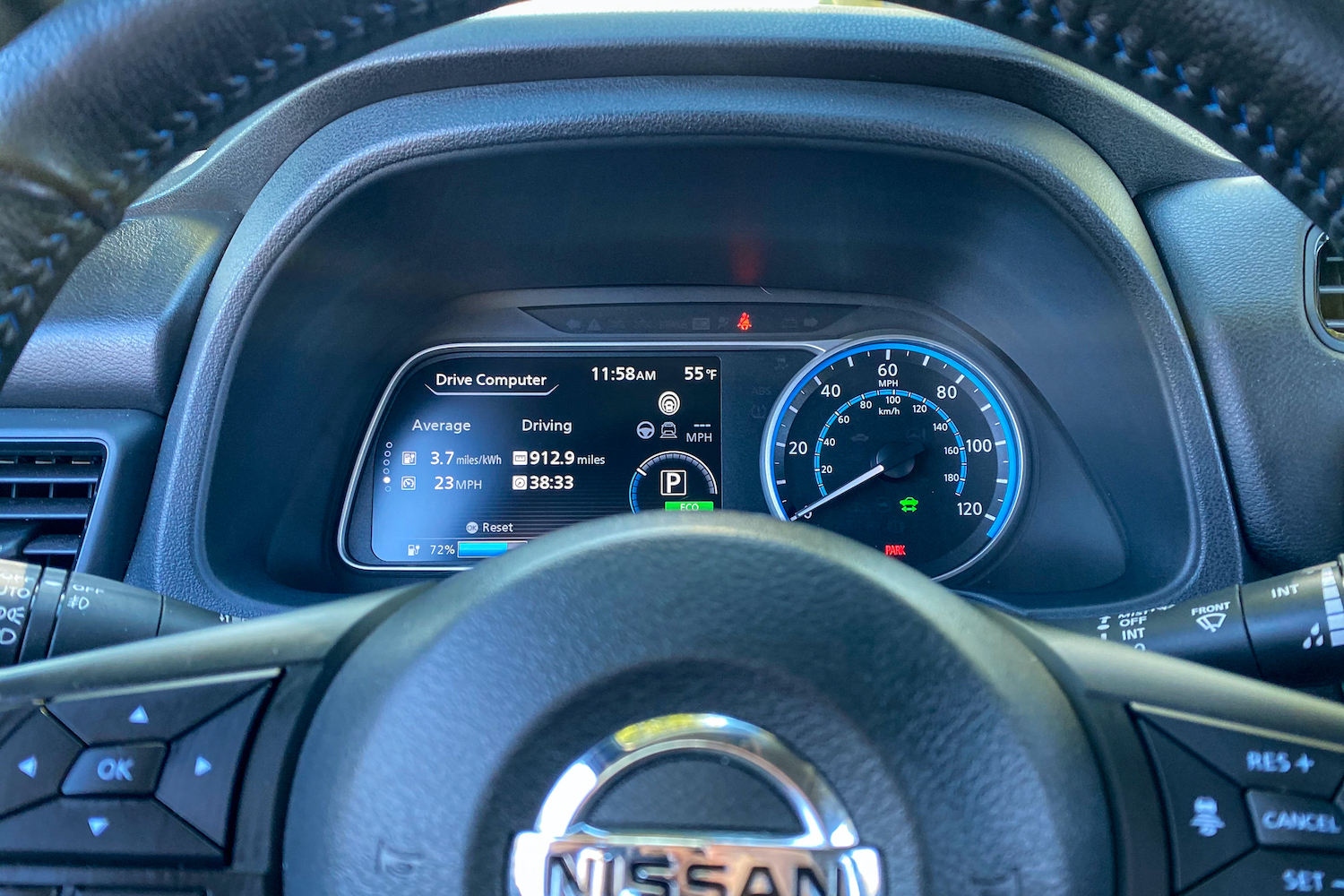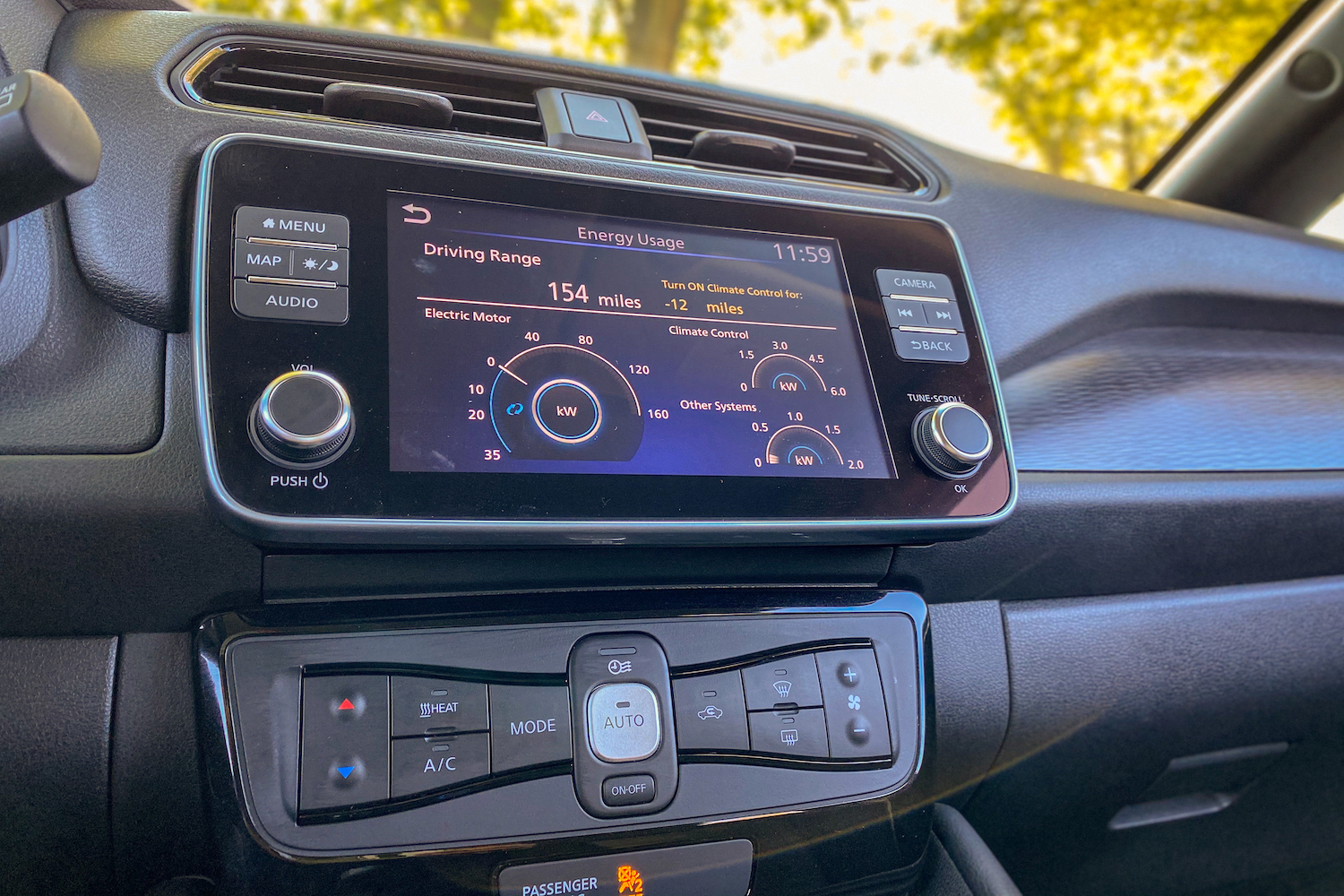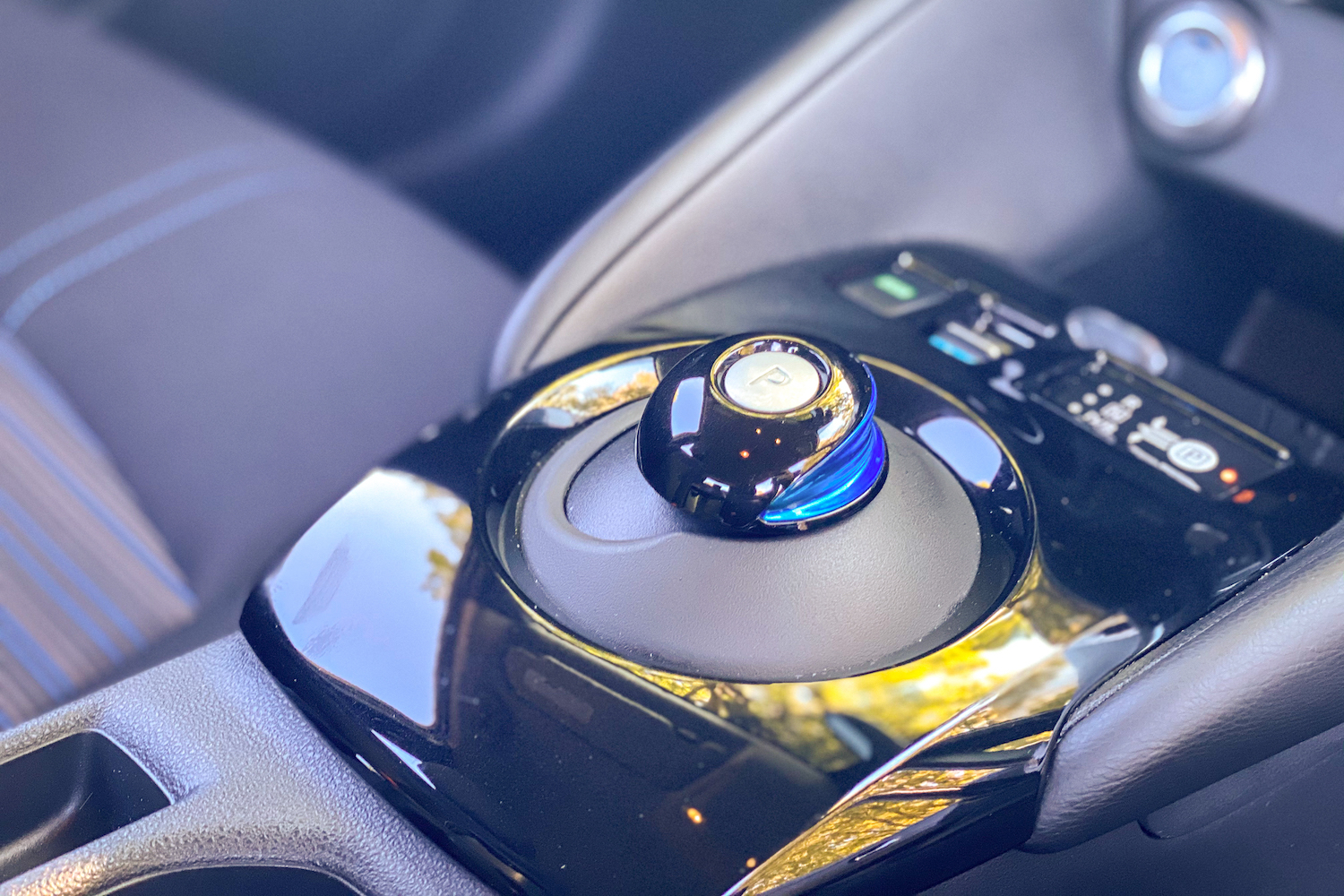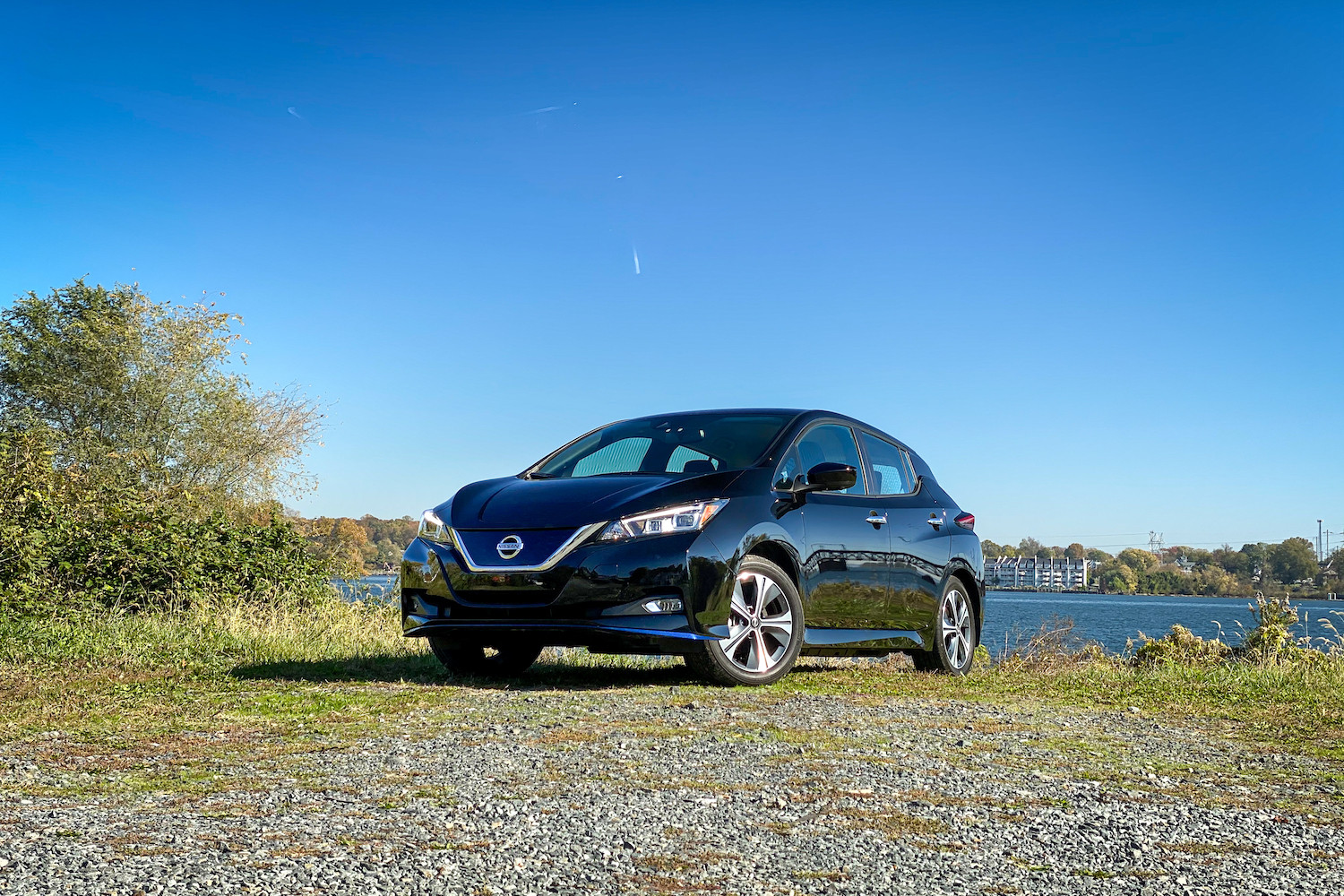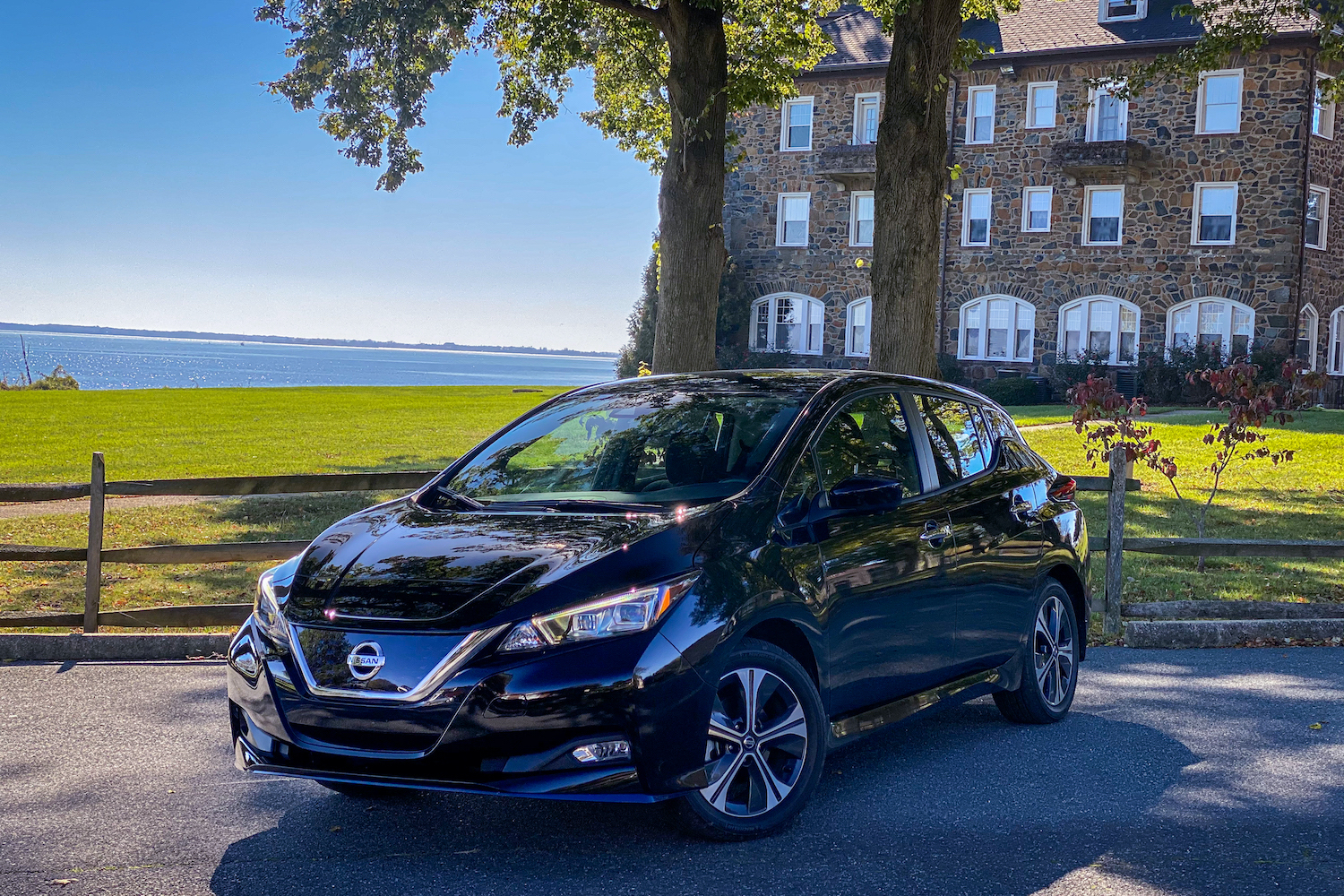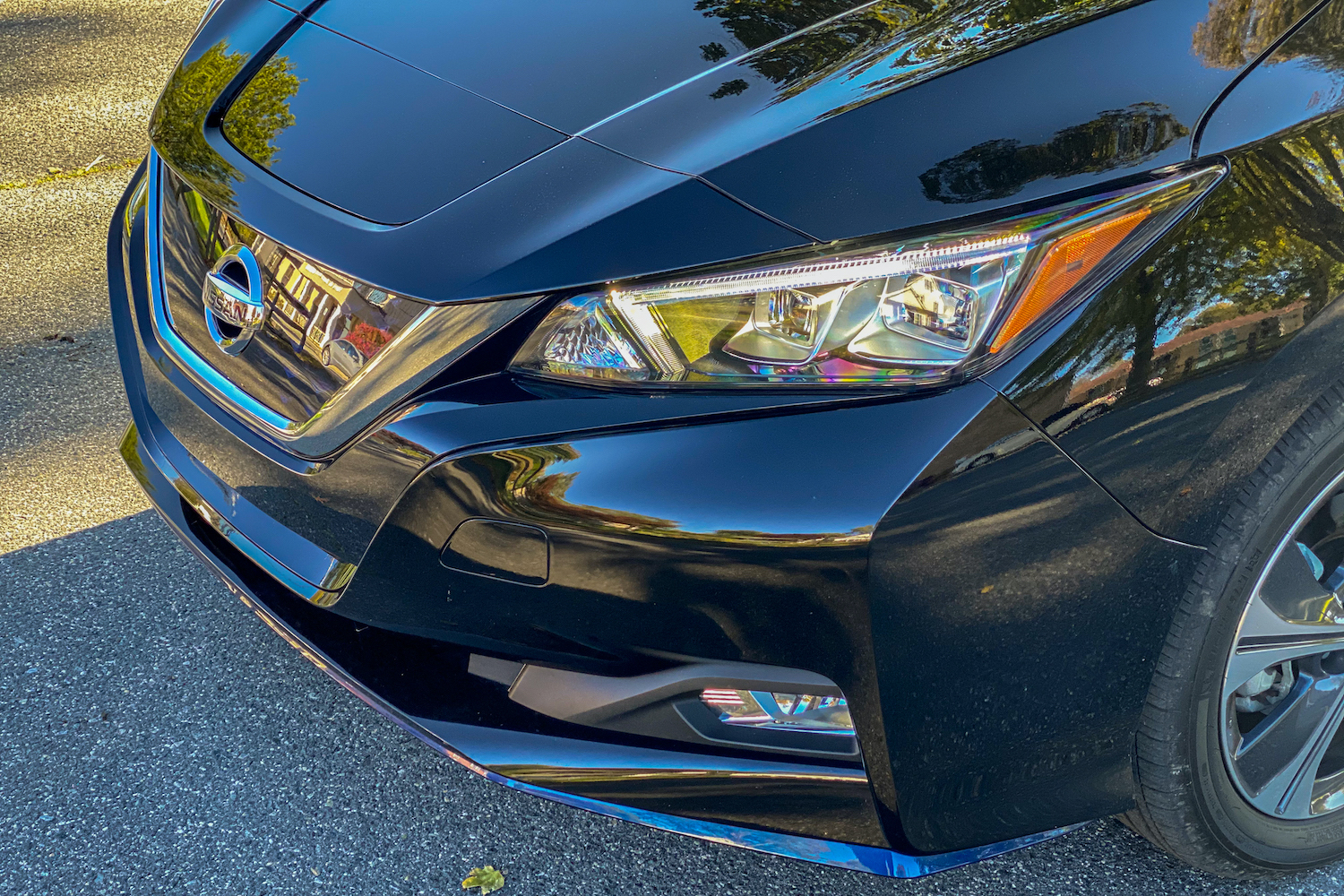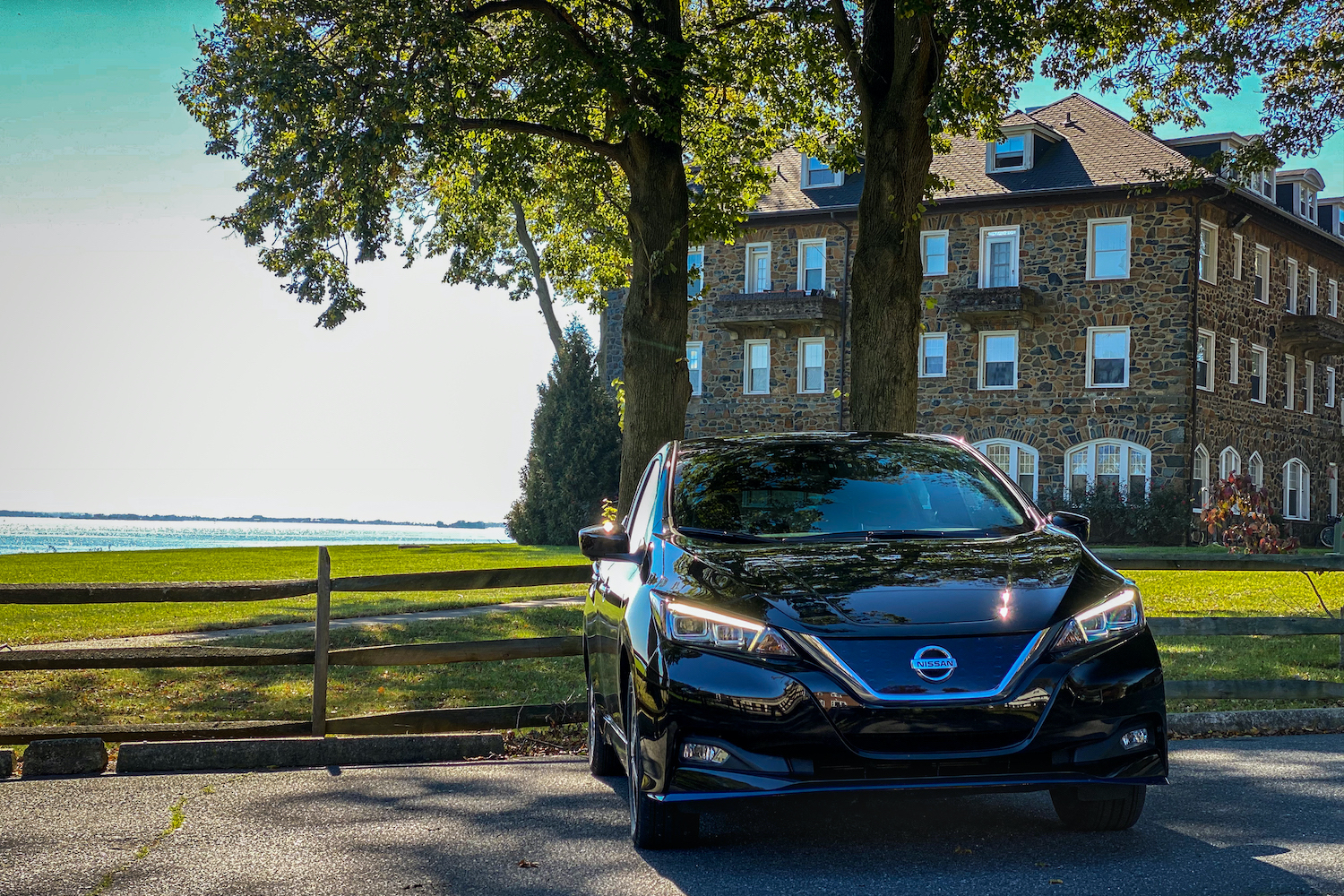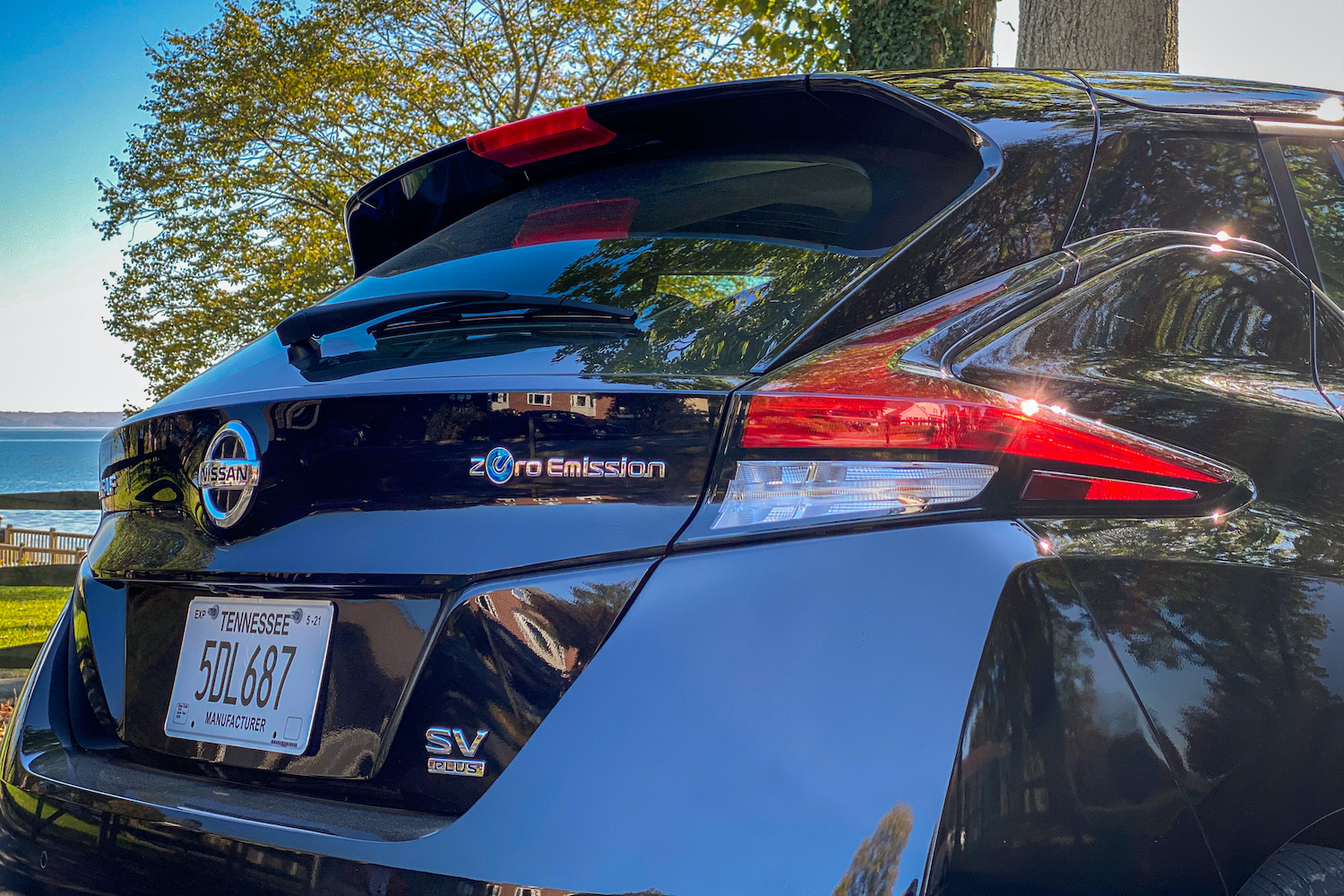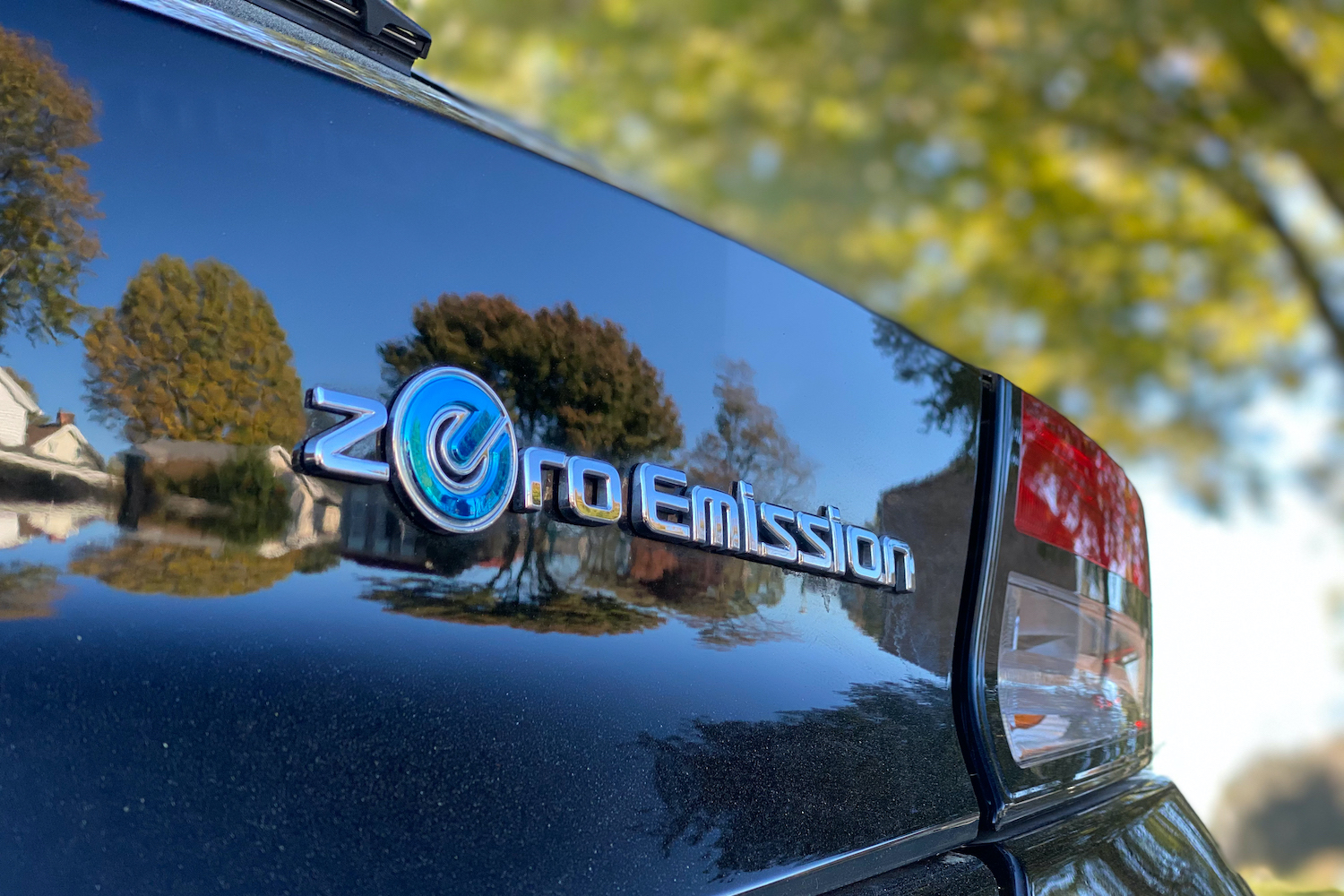Not too long ago, if you wanted an electric vehicle, you were stuck with the Nissan Leaf. Seemingly beating everyone to market with a usable electric vehicle, Nissan enjoyed having what it claimed to be “the world’s most popular EV with 450,000 sold since 2010” at the beginning of this year. Sadly for Nissan, a lot’s changed in the past decade. That leaves the 2020 Nissan Leaf Plus on its back foot.
Nissan introduced a more powerful, longer-range version of the Leaf in 2019 under the “Plus” guise. Compared to the regular Leaf, the Leaf Plus comes with a larger 62.0-kWh battery pack (the regular Leaf features a 40.0-kWh unit) and a 215-horsepower electric motor, a large increase from the 147-horsepower motor in the regular Leaf. More importantly, range went up. The larger battery pack boosted range to an EPA-estimated figure of 226 miles – 77 more miles than the regular Leaf. Nissan also included a more powerful onboard charging system.
By all measures, the Leaf Plus is a massive improvement over the Leaf. With more range, more power, and similar charge times, Nissan updated the Leaf in meaningful ways to ensure it’s competitive against the onslaught of new options. The Leaf Plus should’ve helped the nameplate retain its title and massive lead as the most popular EV on sale. But it didn’t.
Against other competitors, the Leaf Plus doesn’t have the range, performance, high-tech wizardry, or emotional appeal to maintain its lead. Hyundai, Kia, Chevrolet, Tesla, and Jaguar all have EVs that offer more range than the Leaf Plus. A few of them are even more affordable than the Leaf Plus. With the updates, the Leaf Plus is better prepared to take on the world than the regular Leaf, but it’s missing the electric shock that you get from other EVs.
Design & Interior
Beyond blue exterior accent strips and a new Plus badge, there’s little to differentiate the Leaf Plus from the regular Leaf. That’s a bit of a disappointment. One would expect the $6,600 difference between the two would bring something unique to the Leaf Plus. That’s not the case.
While some electric vehicles choose to be daring, Nissan’s gone for the safer approach. That’s not necessarily a bad thing, but, again, disappointing. The most striking element is Nissan’s V-motion grille, which works well in this electric application. The sharp taillights have an element that leads into a panel on the C-pillar, which is another nice touch. Overall, though, this certainly isn’t a statement piece, and it won’t have the same result as parking a Tesla in your driveway.
It’s much of the same on the inside. You won’t find a touchscreen that’s similarly sized to a laptop, crazy swoops, or radical shapes. Nothing on the inside screams futuristic. Most of the materials on the interior are hard plastics. Nissan clearly wanted to make sure the Leaf works as a regular car first instead of worrying about it buckling people’s knees with its tech or design.
That’s why you have multiple cubbies to store things, easy access to buttons, and padding on contact-heavy areas – like the sides of the center console for your knee and the armrests on the door panels. It’s also why the driver sits high up in the seat, almost like you’re behind the wheel of a minivan. It makes the Leaf easy to drive and gives you a clear view out of the car.
Unsurprisingly, there’s a decent amount of cargo capacity behind the rear seats; the Leaf can hold 23.6 cubic feet of cargo. Both rows of seats are relatively spacious, too, as long as you don’t try to squeeze three people into the back.
As an homage to the first Leaf and as the primary way to highlight the Leaf’s electric powertrain, Nissan continues to employ the joystick shift knob. If you’ve never seen or interacted with it before, it’s a hot mess. You’re mostly going off the handy diagram that’s located directly in front of the shifter until you get the hang of things. But even then, going into neutral is more of a hope and a prayer. My wife used the shifter twice before claiming it made absolutely no sense. For a vehicle that prioritizes ease of use over design, the shifter seems out of place.
Driving Experience
The Leaf Plus is not part of the new wave of EVs that are meant to turn your stomach into a knot like a roller coaster in a straight line. This is the kind of EV you get because you’re interested in doing your part for the planet and are interested in alternative fuels for cars. The increase in power is a welcome addition, and the Leaf Plus feels deceptively quicker than one would expect, but you won’t become YouTube famous for terrifying people in your scary fast EV.
By far, the best thing about the Leaf Plus is its e-Pedal feature. With the feature engaged, the regenerative brakes are in their strongest setting, allowing the vehicle to coast to a stop once the driver lets off the gas pedal. Time things properly, and you could drive around town without ever having to touch the brake pedal. Not only is it entertaining, but it’s also satisfying to drive around while range hardly moves.
With 226 miles of range, you certainly won’t run into range anxiety if you’re mostly using the Leaf Plus to drive around town. If you’re planning on using the Leaf Plus as your sole vehicle and regularly go on long drives, though, you’re bound to run into an issue.
On a warm, 60-degree day, I decided to go on a random, 36-mile drive north. Being an EV, I figured the Leaf Plus would take more range than the simple numbers from Google Maps. Trying my best to get the most out of the car, I kept the air conditioning off, kept the Leaf Plus in Eco mode, and tried to drive at a reasonable speed. Still, the trip that was supposed to take roughly 70 miles of range took off a smidge over 100 miles. That’s with driving extra efficiently.
Charging times aren’t that bad, but it depends on what kind of charger you have access to. A Level 1 charger will take over 30 hours, a Level 2 will get the job done in 11.5 hours, and if you have access to a fast charger, going from dead to 80% will take just 45 minutes – unless someone unplugs the charger from your car. That’s what happened to us.
Should You Get One?
No. The answer would’ve been different when the Leaf Plus originally came out last year, but that’s not the case today.
There’s no denying the fact that the 2020 Nissan Leaf Plus is a massive upgrade over the regular Leaf, but it’s not quite up to snuff compared to the competition. The Chevrolet Bolt EV, Hyundai Kona Electric, and Kia Niro EV offer more range, more versatility, more in the way of features, and cost roughly the same amount. Of course, if you want to go a little more upstream, there’s the Tesla Model 3.
Nissan improved the Leaf with the Leaf Plus, but in taking five steps forward, it fell behind other automakers that took 10 steps forward with their respective EVs. The rate of improvement for electric vehicles is staggering, with improvements coming nearly every year. In the case of the Leaf, it may have been one of the first on the scene, but it has quickly been pushed to the back. Unless you’re a Nissan loyalist, there’s very little that makes the Leaf Plus a favorable option in the growing world of EVs.

